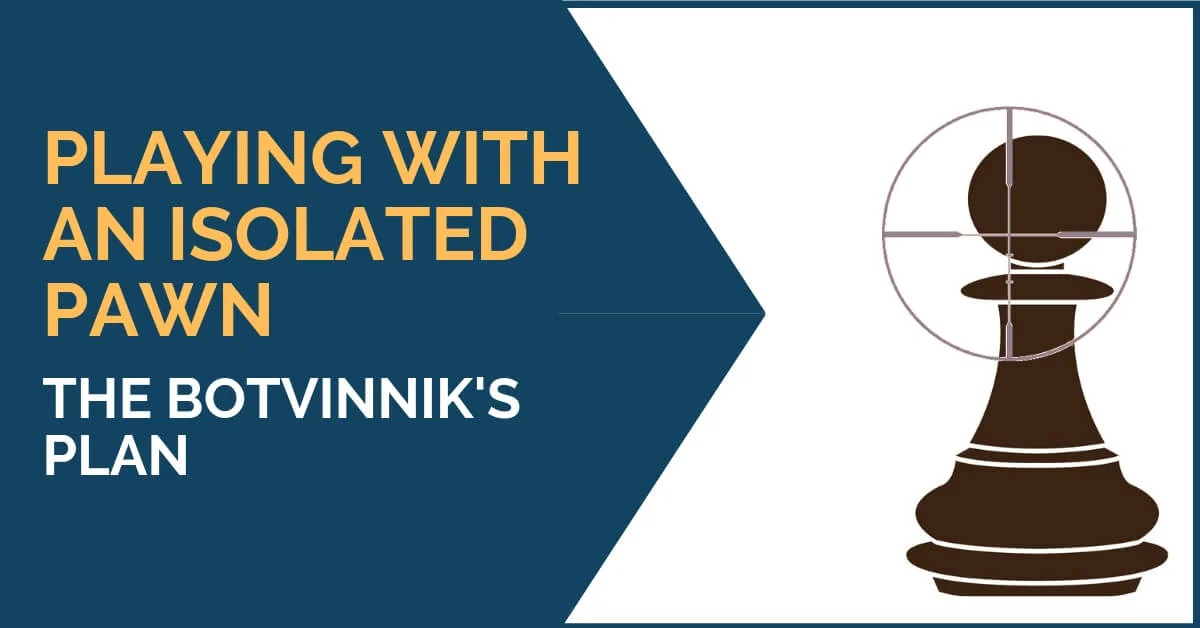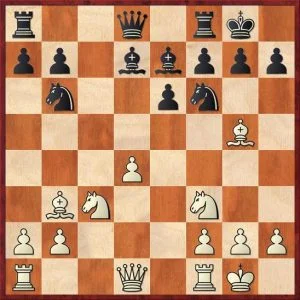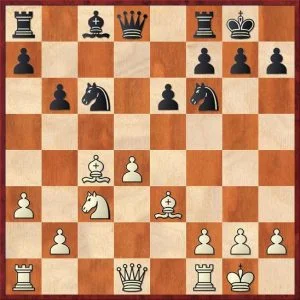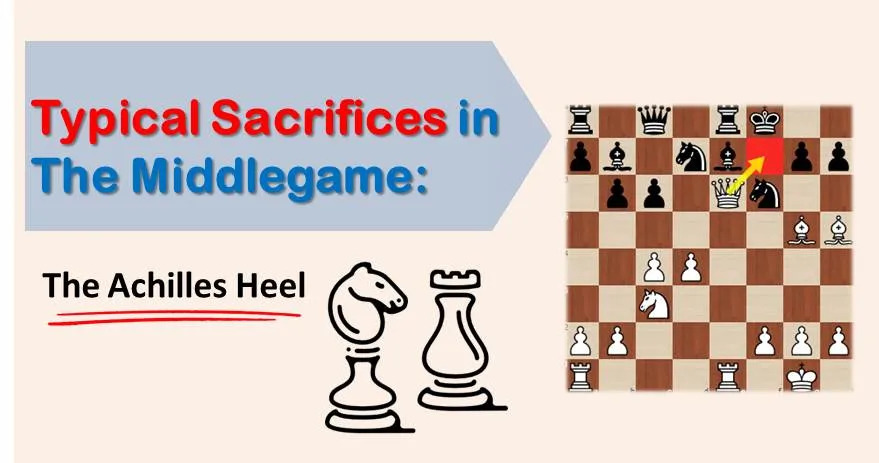Playing with an Isolated Pawn – The Botvinnik’s Plan

Positions with the isolated pawn are often misunderstood, which many times leads to the fear of playing this type of position. The common concept is that the isolated pawn is a weakness (and it is!) and we know that we should avoid creating weaknesses in our position. This general idea is correct, but there are no rules in chess, but mostly, concepts that should guide our thinking. The case of the isolated pawn is one that enhances this idea. It is a weakness, yes, but it is not so easy to play against it.
Playing with the isolated pawn relies on initiative and there are many active plans one must be aware of. This is where the beauty of these positions lies. There are typical patterns, such as the advance of the pawn – often even sacrificing it – in order to blow up the position or occupying the center with the pieces while preparing an attack on the kingside, but in this article we are going to talk about a plan that is often seen in Botvinnik’s games. Botvinnik himself was a player who liked these positions and often chose to enter them willingly.
His idea lay on one basic principle – occupying the center with the pieces, but combined with the advance of the f pawn and increased pressure on the kingside, as well as in the center. By playing f4-f5, his idea was to weaken the a2-g8 diagonal and bring the light-squared bishop to life. At the same time, after the disappearance of the e6 pawn, white’s control over the center and the passed d pawn are most of the times overwhelming.
Let’s start our investigation into this plan with the following position from the game between Mikhail Botvinnik and Milan Vidmar:

This is a typical IQP position. Black is focusing his attention on the d5 square, trying to block the isolated pawn and control its advance, while white has better control of the center and is looking for active ideas on the kingside and center. In this position Botvinnik continued with Qd3, improving his pieces and bringing them closer to the center/ kingside. One typical plan could be to follow up with Bc2 and provoke some weaknesses in black’s castle before starting the attack, but Botvinnik prefers to keep the light-squared bishop on c4 and employ his favorite plan – advancing the f pawn and challenging the e6 one.
See how the game continued and how Botvinnik converted it into a win below:
In the game against Alexander Tolush a similar position was reached:

Here black is ready to develop his light-squared bishop to b7 and bring his c6 knight to d5 via e7. If he manages to do this, he will probably be able to control white’s active ideas and can fight for proving the weakness of the isolated pawn. This means that white cannot waste any time, so Botvinnik immediately starts pointing at the black king while improving his pieces – Qd3! Is again the move in this position. Remember, before starting any attack you have to make sure that your pieces are placed on ideal squares.
He continued to improve his dark-squared bishop as well, by placing it on g5, and only then executed the advance f4-f5.
See the rest of the game below:
In conclusion, we can say that this plan is an efficient way of opening the diagonal of the light-squared bishop and weakening black’s position. When corroborated with active and central pieces, it has great chances of success. We hope that you have enjoyed the examples presented above and they will inspire you to extend your study into this interesting plan by searching more of Botvinnik and other strong Grandmasters’ games.










Comments: